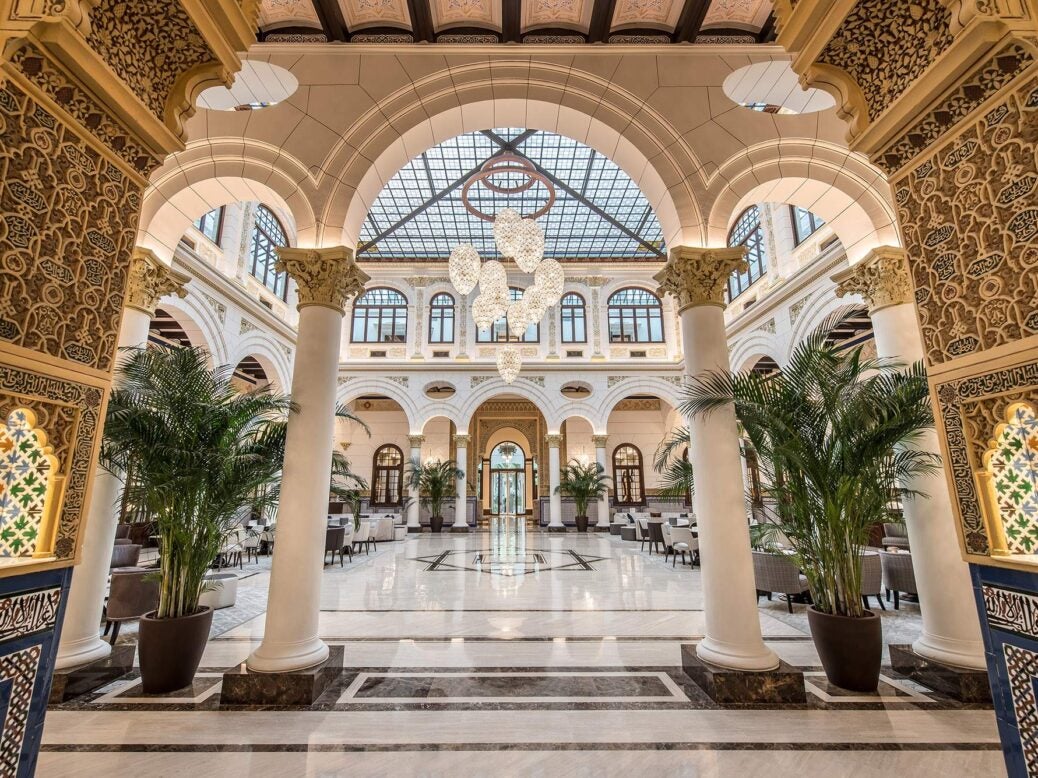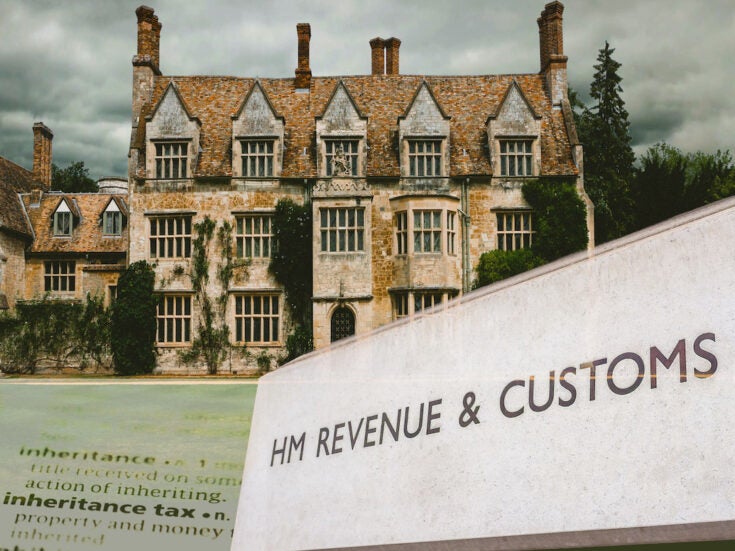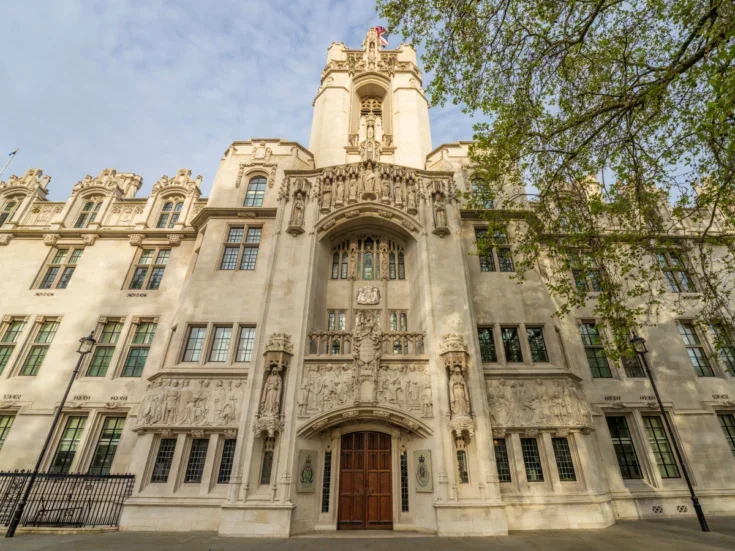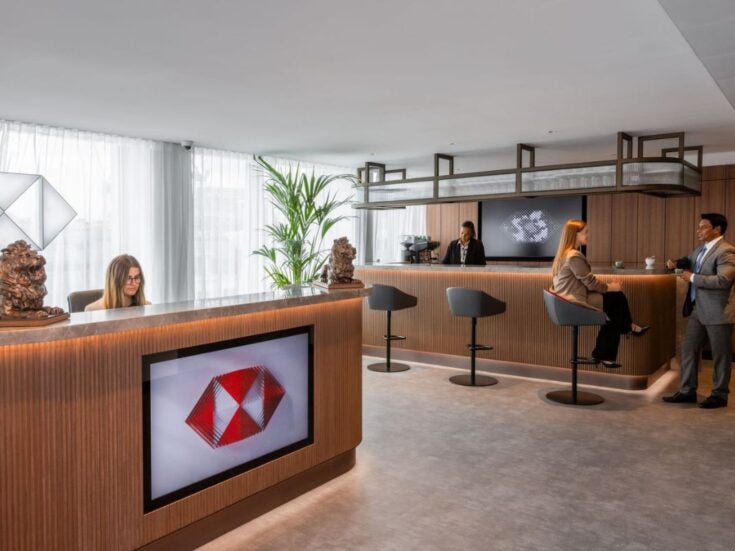
The return of its grand hotel after half a century is the latest step on a remarkable transformative journey for the city of Malaga, writes Andrew Harris
Torremolinos. As with its now televisually famous co-partner in costa crassness Benidorm, it has stood for decades as a byword for over-development along the Iberian coast. But it’s never looked so alluring, with a wild untamed hillside rambling down to embrace the expanses of unimpeded beachfront and an empty ocean. Then again, I am standing in the Museum of Malaga, recently re-housed into the magnificent 18th- century former customs house, admiring Rafael Murillo Carreras’ depiction of Torremolinos, painted over a hundred years ago!
Malaga in recent years has scattered museums across its cityscape like confetti. From the Carmen Thyssen Museum in a beautiful sixteenth century palacio, housing the prestigious art collection of Miss Spain 1961, better known as the fifth wife of the late Baron Von Thyssen, to a recently opened branch of The Pompidou Centre on the harbourfront, the CAC contemporary art gallery in the former wholesale market, and of course, the Picasso Museum. Malaga’s most famous son (no, not Antonio Banderas!) left at an early age, maintaining scant contact with his birthplace. But whilst the iconic pieces aren’t here, there is nevertheless a unique resonance from this memorial to the master, sited a short walk from his childhood home. And of course, it’s still full of Picassos.

In 2015, the State Russian Museum opened its first branch outside Russia in an old 1920s tobacco factory on the edge of town, also the site of the Automobile and Fashion Museum. Now the permanent home for Jaoa Magalhaes’s internationally acclaimed collections of classic cars and twentieth century couture, it is all artfully melded together into a museum quite like no other.
But this conspicuously curated cultural renaissance, underway now for well over a decade, in what had always been regarded as an unpretentious blue-collar city, is but one aspect of a wide-ranging rebranding exercise for the City of Malaga. As with Torremolinos, just along the coast, the mere name of Malaga and its connotations with the airport that funnels nearly 20 million passengers a year into the Costa del Sol, is tainted with an image very much at odds with present day reality. Shunned throughout the decades of costa development, Malaga was derided as nothing more than a rough, uninteresting port city. With an outer sprawl of seventies housing, a rundown crumbling centre of intimidating alleyways, and a port area no stranger to whores and junkies, the city simply wasn’t selling itself as successfully as some of the women down by the docks were.
Fast forward to the present day and a makeover momentum that is as omnipresent as it is seemingly unstoppable, and Malaga is suddenly more reminiscent of an upstart Barcelona. At the heart of this transformation was the realisation that the run-down historic centre was a long-neglected resource. Now into its second decade of restoration, the largely pedestrianised historic heart of Malaga presents as the ultimate urban landscape. A network of strollable streets interconnects an atmospheric cornucopia of stylish shops, restaurants, cafes, the occasional flamenco singer, a wonderful bustling central market, a reconstructed hammam and a plethora of tapas bars. At night, the hubbub of contented diners lining the streets in a suspended animation of restaurant illuminations, plays out like a sequence of continually unfolding movie vignettes.
The renovated apartments with this walkable weekend wonderland right outside the front door have, of course, walked straight into Airbnb. Bewildered looking foreigners pushing cabin luggage around the cobbled streets are suddenly a part of this ‘new look’ downtown. Malaga has also become a big cruise ship destination, although it remains notable just how wonderfully Spanish a city it still is. That could be due to a lack of understanding among the large foreign presence along the Costa del Sol, as to how much the city has changed. Or perhaps the newfound cultural appeal of events like last year’s display of 20th-century British art at the Carmen Thyssen, with its Bacon and Freud exhibits, simply can’t compete with bacon and eggs in Benalmadena. Time will tell.

The harbour front and the previously gritty port district have been among the most recent recipients of this seemingly unstoppable Malaga makeover. But it’s over by the beach (like everywhere else, a short walk), where one of the more upscale steps along this journey of renaissance has recently been taken. The city has its grand hotel back!
In 1926, King Afonso XIII officially opened the Hotel Principe de Asturias, an imposing grand luxe pile overlooking the Mediterranean, whereupon Malaga suddenly found itself boasting a landmark hotel worthy of welcoming the rich and famous. It went on to do just that, hosting luminaries like Elizabeth Taylor, Orson Welles, Ava Gardner, and Ernest Hemingway, who no doubt found it very handy for the bull ring just around the corner; Death in the afternoon followed by dinner by the pool in the evening. It ceased functioning as a hotel in 1967, and having latterly served as the law courts, is returned into private ownership as the Grand Hotel Miramar.

A £58 million restoration has seen a drab dusty yellow lump replaced by a brilliant white icing-sugar palace glistening in the Andalusian sunshine. Whether viewed through the luscious sub-tropical gardens from the city side, or across the pool from the beach side, the impact is as impressive as it is imposing. The statement is pretty clear: Malaga’s back in the luxury business.
There are 190 rooms and suites, with some of the underwhelming rear-facing lower categories, likely to prove more of a draw to those keen to grab the grand hotel experience without worrying too much how they do it. The higher categories of rooms however, overlooking the Mediterranean, especially those with balconies, deliver what they should. The light, bright design narrative continues inside the hotel where whites and creams predominate, successfully re-styling the architectural heritage with a contemporary beachfront chic. At times, some of the rooms look as though they’re veering close to a dangerously high reading on the blingometer, but ultimately manage to keep any such inclinations under control.

The public areas, not least the spectacular principal entrance lounge and it glass atrium, are beautifully and elegantly presented with a proliferation of polished marble segueing seamlessly into the original structure. Along with a series of conference rooms, there’s a magnificent ballroom/events space with a huge bay fronted view out onto the ocean, no doubt dangled as a future go-to venue for society weddings. The Principe de Asturias restaurant is already embedded into the top tier of Malaga’s fine dining destinations (which includes a Michelin starred venue nearby), there’s a sumptuous Sisley spa, and, up on the top floor, a bar terrace where you can arm yourself with an amontillado as you try to make out Morocco across a spectacular seascape.
All the requisite components of a grand hotel are here. A lot can happen in half a century though. While the neighbouring high-rise buildings that weren’t there previously, don’t present any significant problems, the non-stop 21st-century traffic on the road between the hotel and the beach could become a concern. I’m sure that in time, given Malaga’s remarkable talent for reinvention, a solution will emerge with an easier route to the sea for Gran Miramar guests. Indeed, while having ease of access to a beach is a wonderful attribute for any city, Malaga’s beaches in general, might also now benefit from the same civic scrutiny deployed so successfully elsewhere. But the return of this beautiful building as the only grand luxe hotel in the city, undoubtedly conveys style and substance to Malaga’s rebirth.
With a roman amphitheatre (only discovered in 1951), its Moorish fortress, the Alcazaba, brooding over the city, and a delightful bustling Spanish streetscape of gastronomic and cultural diversions, Malaga isn’t simply transformed, Malaga is suddenly looking rather fabulous. From ugly Iberian duckling to proud preening Costa del Sol swan. Malaga airport, whose function for decades seems to have been to convey visitors anywhere except Malaga, has not only evolved into one of the best-served conduits into Mediterranean sunshine, it’s also remarkably accessible. Eleven minutes on a smart, efficient train link brings you right to the edge of the pedestrianised historic centre. The Gran Miramar is just 20 minutes away by cab.

As with cities right across Northern Europe, London’s airports operate direct flights to Malaga all day long, but it’s British Airways’ City Flyer service, the only carrier flying out of City Airport, still soldiering on with complementary inflight service, that perhaps stands out as the premium passage. Operating Embraer aircraft with their user friendly, two-plus-two configuration, both flight and airport coalesce into an altogether more sedate experience. And instead of worrying about turning left when boarding (rather pointless on European flights anyway) the focus should perhaps be more on turning left when disembarking. Rather than heading down the well-worn coastal path toward Fuengirola and Marbella, taking the short trip in the opposite direction, can reap rich rewards from the region’s former poor relation.
Rooms at Gran Hotel Miramar from £190 excluding tax/service; www.granhotelmiramarmalaga.com
British Airways, London City Airport to Malaga from £125; www.ba.com






